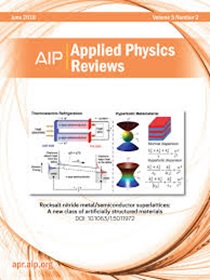Operando nano-mapping of sodium-diglyme co-intercalation and SEI formation in sodium ion batteries' graphene anodes
Abstract
Diglyme molecular solvated sodium ion complexes enable the superfast co-intercalation/de-intercalation into graphite interlayers, providing unprecedented prospects for the application of low-dimensional graphitic carbon as fast-charge sodium ion battery anode materials. A thorough understanding of this novel co-intercalation process and resulting solid-electrolyte interphase (SEI) is essential for improving the electrochemical performance of co-intercalation-based high-capacity energy storage systems. This work presents the real-space operando observation of SEI formation and Na-diglyme co-intercalation in the few-layer graphene (FLG) anode as a relevant model of a graphitic anode. The micrometer-sized FLG grid on a nickel current collector was fabricated as a model sample, allowing direct comparative studies using complementary techniques. A reversible sodium-diglyme co-intercalation into the graphene grid was confirmed by Raman spectroscopy, the nanomechanical properties of electrolyte decomposition products on graphene anode and Ni current collector surfaces were studied by ultrasonic force microscopy, and the chemical components of the SEI were confirmed by x-ray photoelectron spectroscopy mapping. We observed a mechanically soft SEI layer formed on the carbon anode surface compared with the electrode current collector surface within the low voltage region (<0.3 V vs Na+/Na), this SEI layer does not affect the reversible Na-diglyme co-intercalations into FLG. At the same time, the SEI layer formed on the Ni current collector mainly contains stiff and thin inorganic species and is electrochemically stable at low voltage regions. Our results clarify the SEI formation behavior on the FLG anode surface in the diglyme electrolyte, providing experimental evidence for the fundamental understanding of Na-diglyme co-intercalation.





